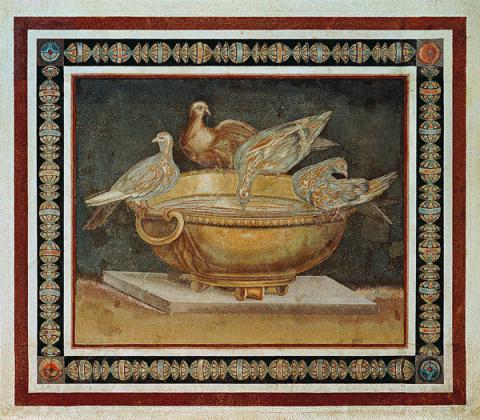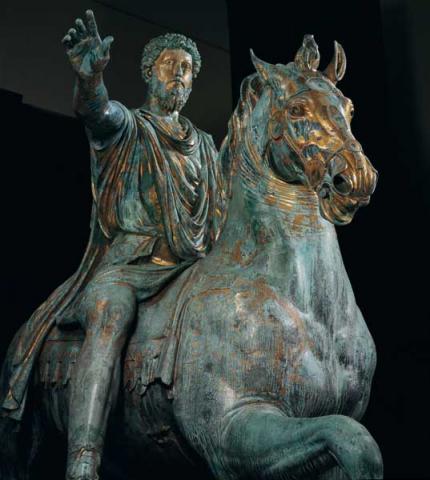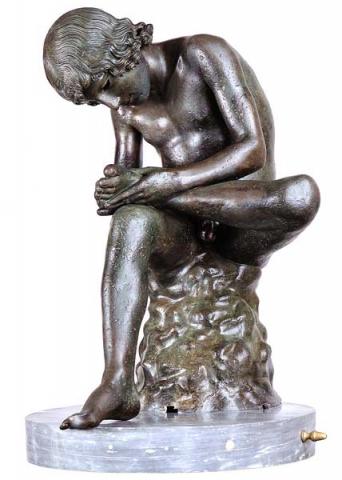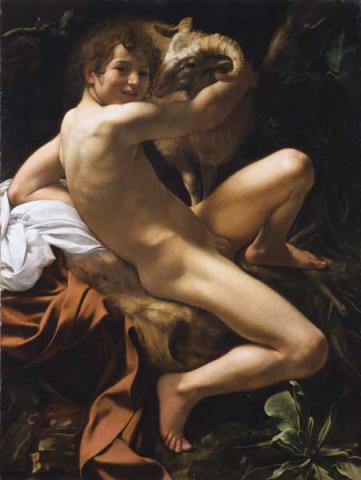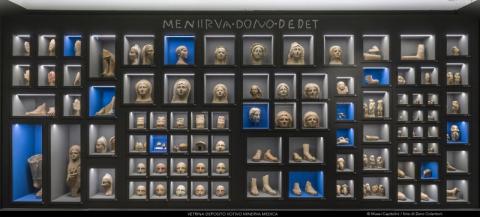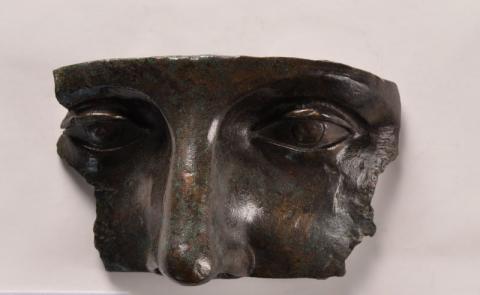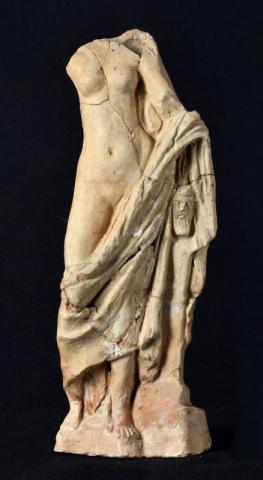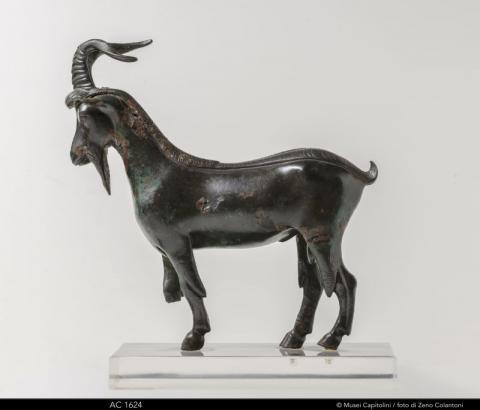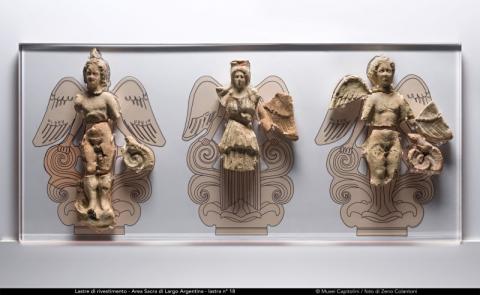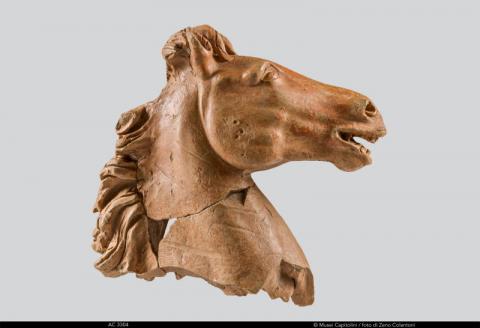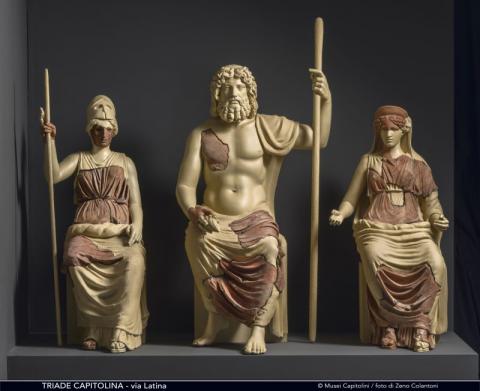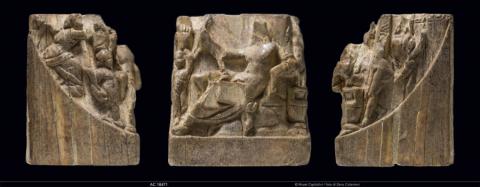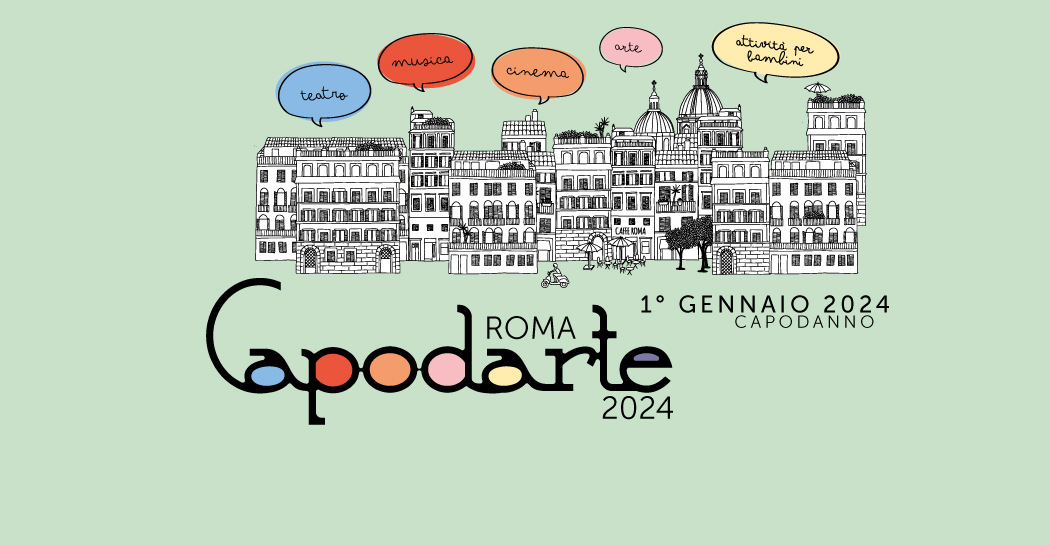La Roma della Repubblica. Il racconto dell’Archeologia
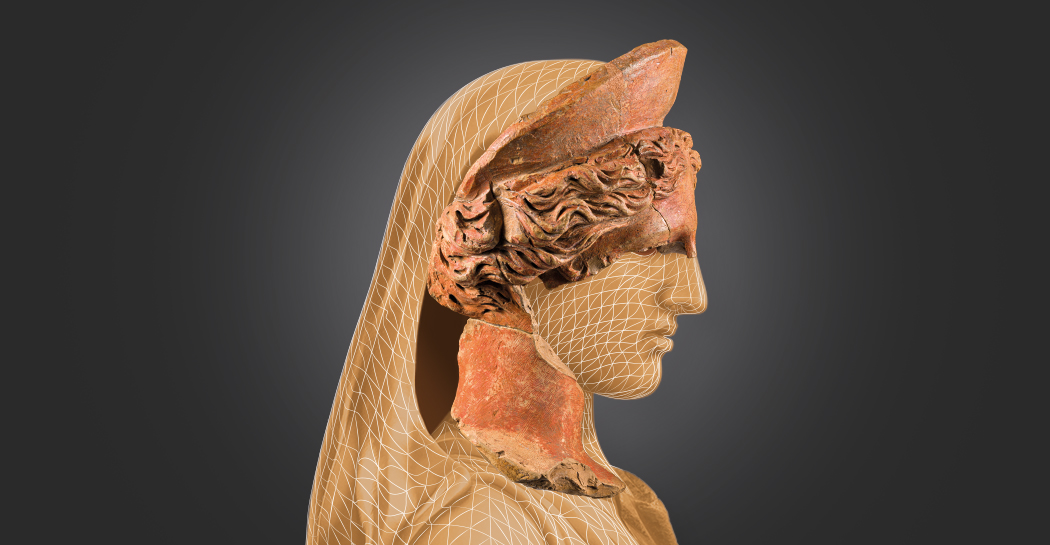
The project constitutes the second chapter (after the exhibition La Roma dei Re 2018) of the great cycle Il Racconto dell'Archeologia (The Tale of Archaeology), mainly based on the collections owned by the municipality and preserved in the warehouses and museums of the Sovrintendenza.
The exhibition, set up in the rooms of Palazzo Caffarelli, illustrates, through a series of archaeological themes and contexts, the characters and transformations of Roman society over the course of no less than five centuries, from the birth of the Republic to the creation of the Empire.
According to the approach given to this multi-year project, in the structure and construction of the exhibition itinerary, particular emphasis has been placed on archaeological contexts - known mainly through specialist bibliography and in many cases totally unpublished - as the key to understanding the reconstruction of the salient aspects of Roman society and its transformations in the long period between the 5th century and the middle of the 1st century BC.
The exhibition is divided into three main sections and consists of a rich selection of around 1,800 works, including artefacts in bronze, local stone, in rare cases marble, and above all terracotta and ceramics. An element of notable impact is the colour, rendered as a proposal based on the analysis of the terracotta, which a careful work of recomposition makes it possible to attribute to articulated decorative modules.
Almost all of the works on display are not usually exhibited to the public; in many cases, they are objects that have been stored in the Antiquarium's coffers until now and are being restored and exhibited for the first time. In addition to the material belonging to the Antiquarium's collections, there is also a selection, relevant in terms of quality, of works preserved at the Centrale Montemartini, including the marble urn from the Esquiline, the small bronze goat sculpture from Via Magenta and the remains of a fresco from the so-called Arieti Tomb. Finally, from the museum sector of the Capitoline Hill comes a selection of portraits from the late-Republican age, partly exhibited in the rooms of the Capitoline Museums and partly usually kept in the storerooms.
SANCTUARIES AND MANSIONS
Sanctuaries
The largest section of the entire tour illustrates the archaeological remains that testify to the construction phases, craftsmanship and artistic level of the Templar buildings on the Capitoline Hill and in the Campus Martius.
Of great impact, due to the reconstructive proposal with the original colours, are the cladding slabs of Largo Argentina dating between the second half of the 4th century BC and the middle of the 1st century BC. In the case of the Capitoline Hill, an inexhaustible source of information, next to the reconstruction of the monumental pediment of the Temple of Jupiter Optimus Maximus from the Republican age, the votive contexts that came to light during the construction of the Galleria di Congiunzione are presented for the first time, together with the materials from the already known votive deposit of the Protomoteca.
An aspect too often overlooked in the consideration of republican Rome, which we wish to highlight here, is that of popular devotion, traces of which can be found in the votive deposits. The most important example is the one dedicated to Minerva Medica on the Esquiline, discovered in the late 19th century. Exposed to the public for the first time are the remains of the votive deposit that also came to light in the same period at Campo Verano, and those discovered in the 1930s during the excavation of Velia Hill and near the Mithraeum of the Circus Maximus. A complex of materials long ignored and hitherto known only through single elements of a particular artistic level consists of the remains of 11 terracotta figures found in the 19th century near the Via Latina.
Thanks to a long process of study, graphic restitution, and integrative restoration of the original fragments with 3D relief, digital sculpture and 3D printing technologies, it is now possible to propose the Capitoline Triad, Jupiter, Juno and Minerva, to be ideally relocated within a frontonal space. This is a very high example of coroplastic sculpture dating from the beginning of the 1st century BC.
Palaces and urban infrastructure
The organisation of the city's infrastructure is exemplified by the archaeological evidence of how water supply before the spread of aqueducts was guaranteed by the numerous wells dug at the edge of the hills. On display are the dozens and dozens of jugs, sometimes with inscribed letters, accumulated in the wells of Largo Magnanapoli on the Quirinal, which can be traced back to the time when the wells were abandoned.
The remains of the patrician domus on the Capitoline Hill are evidenced by fragments of floors decorated with geometric patterns (rectangular bands, crosses, rhombuses), made of black and white tesserae or polychrome stones.
PRODUCTION AND TRADES
Aspects of craft production are a privileged vantage point for following the development of production systems. Ceramics offers an important key to understanding this, since this material has left more lasting traces than other activities such as stone, metal and wood working, which nevertheless had a fundamental place in the life of the city.
The exhibition recounts the stages in the development of quality craftsmanship which, from forms and techniques linked to the traditions of the archaic age, developed during the 4th and 3rd centuries with new productions, the fully painted crockery, both red and black, and the red-figure decorated crockery.
The mould technique plays a very important role in the production of particular objects, such as anatomical votives, and is clearly discernible in the production of the small altars (arule) that are particularly popular in the mid-Republican age and in the terracotta moulds presented in the exhibition.
MANIFESTATIONS OF IDENTITY, PRESTIGE AND SOCIAL ASCENDANCY
There are numerous objects and symbols through which certain social categories wanted to communicate the high status they had attained or to emphasise their former belonging. The self-celebration of the aristocracy and emerging families found an important place of expression, during the republican age, in the funerary monuments placed along the access roads to the city, to be read in the broader programme of control of the institutions and political life of the city.
The fresco decorations of the Arieti tomb on the Esquiline with scenes related to combat and triumph, the stone sculptural groups from Campo Verano possibly belonging to a commemorative monument, and the urn in Greek marble again from the Esquiline bear witness to the rank of the deceased to whom they pertained, but are also a starting point for assessing the character and level of the artistic language with which they were expressed.
Information
From Jenuary 13 to Sectember 24, 2023, extended to March 24, 2024
Every day 9.30 - 19.30
Last admission one hour before closing time
Closed: 1 May
Before planning the visit, CONSULT THE NOTICES
Access to the exhibition is granted to holders of a ticket according to the current rates
Free admission with MIC card
Call. 060608 (every day 9.00 - 19.00)
Visitors to the exhibition La Roma della Repubblica may take photographs in the exhibition halls, as long as they do not use flash and tools such as selfie-sticks or tripods.
The exhibition project is promoted by
Roma Capitale, Assessorato alla Cultura, Sovrintendenza Capitolina ai Beni Culturali
Curated by Isabella Damiani e Claudio Parisi Presicce
Organized by
Zètema Progetto Cultura
Press Room
Gallery
Eventi correlati
1014189
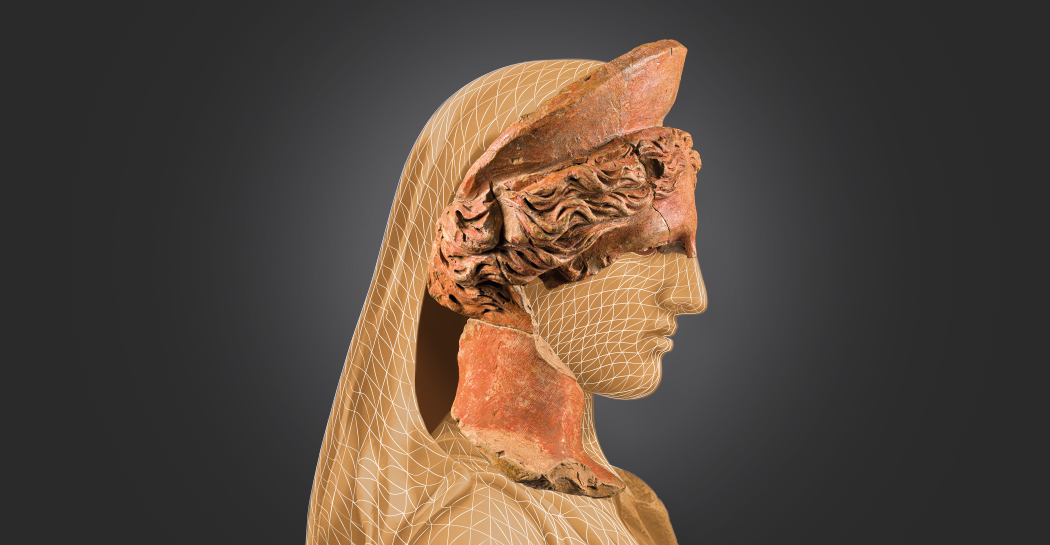
1013973

1013790

1013717
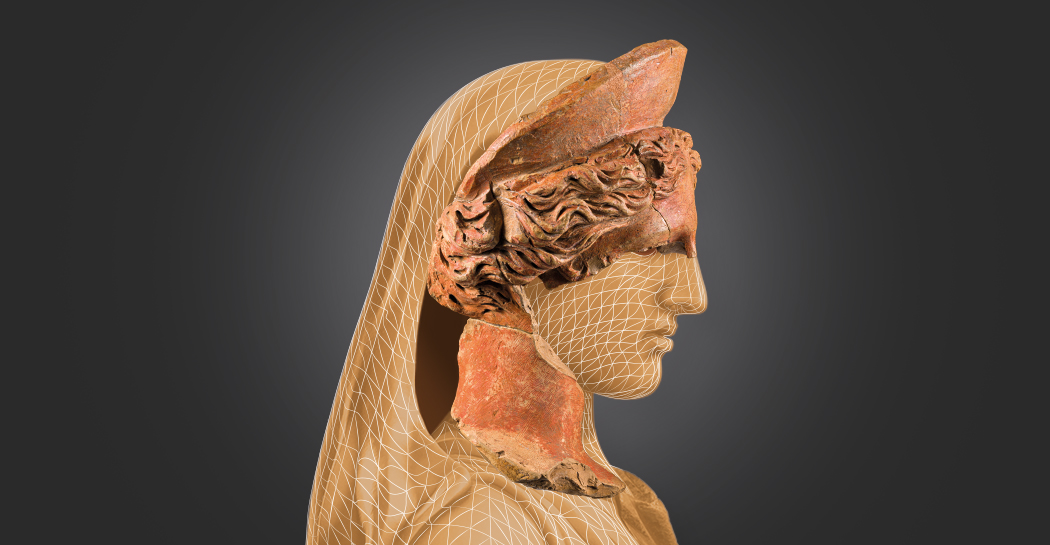
1012746
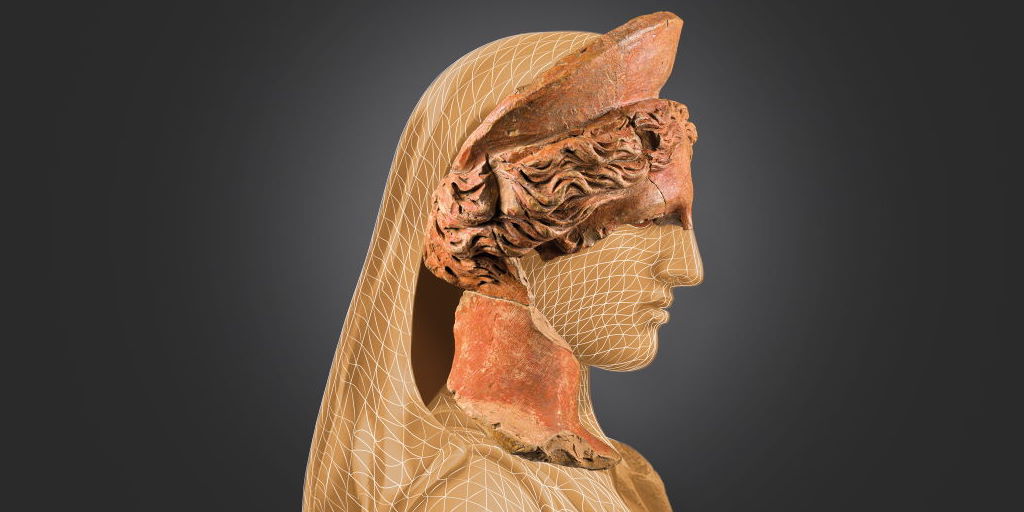
1012741

1012698
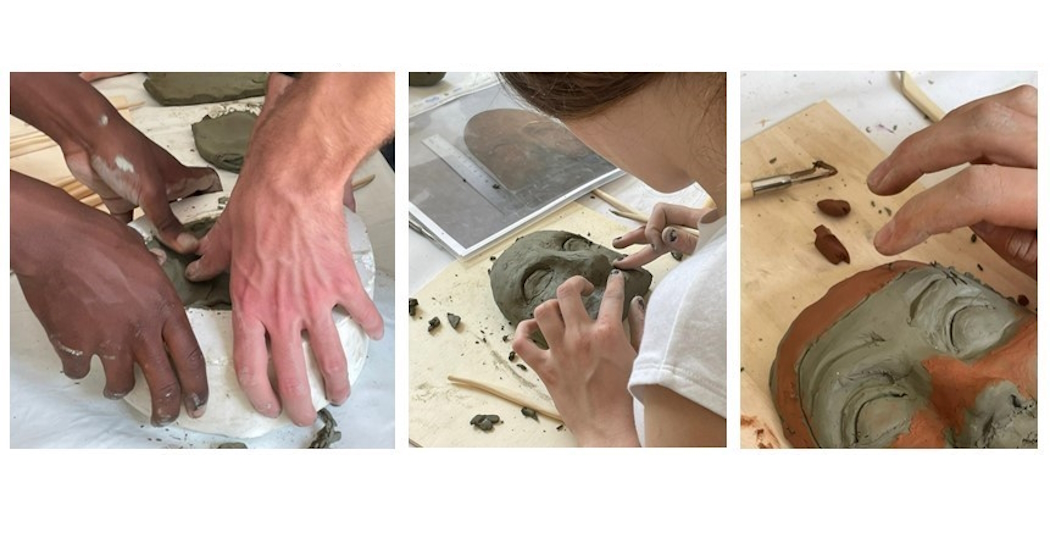
1012672

1012616
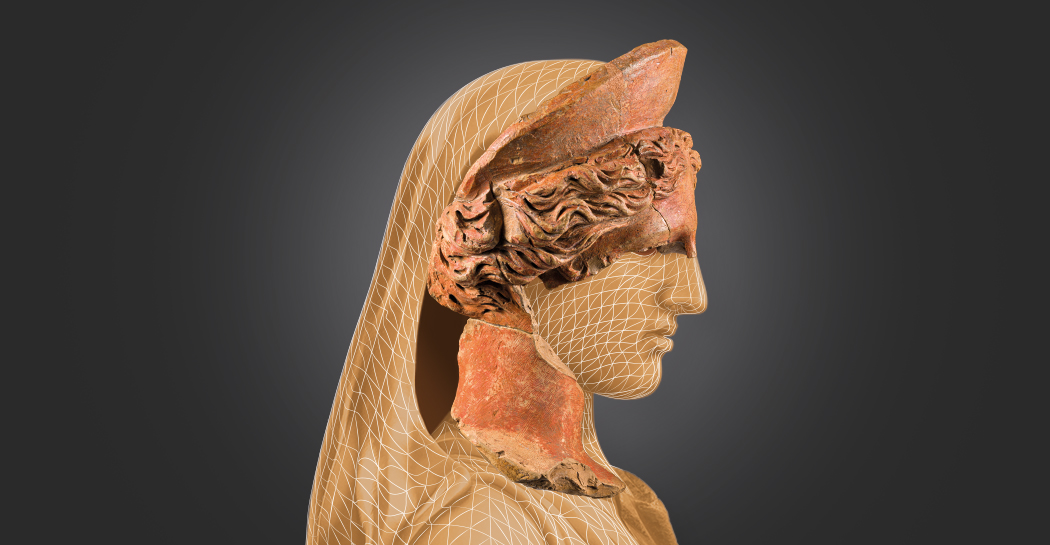
1012615
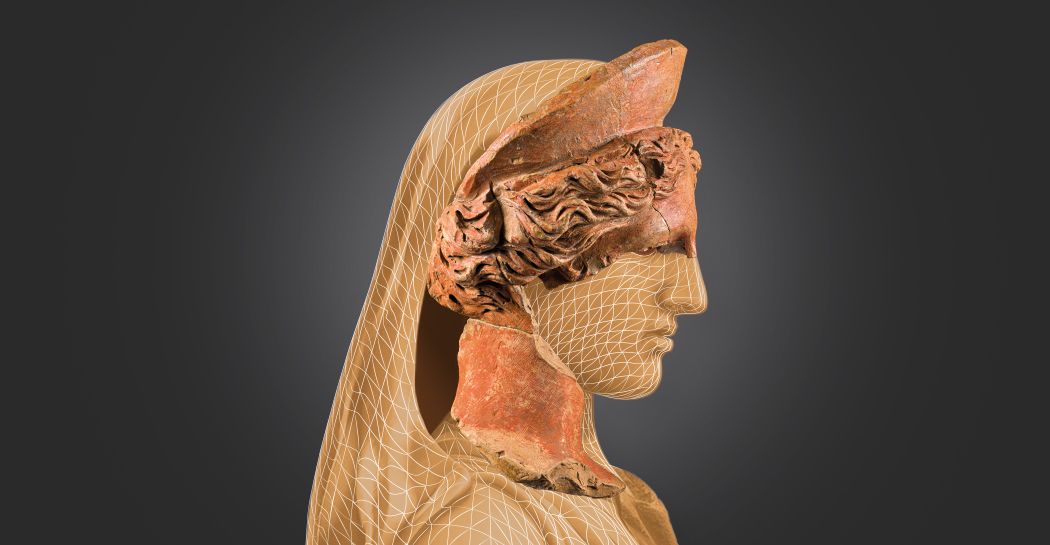
1012460
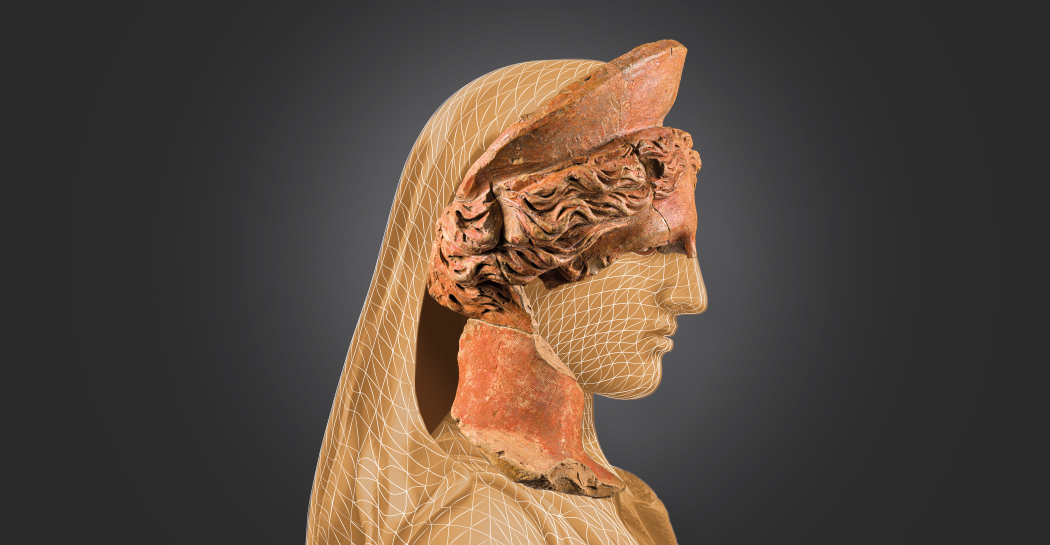
1012408



























